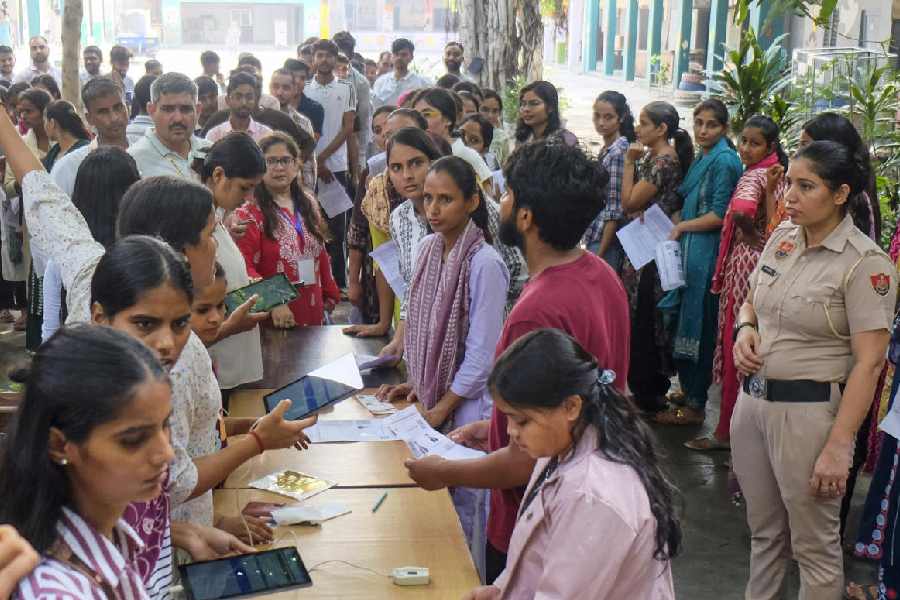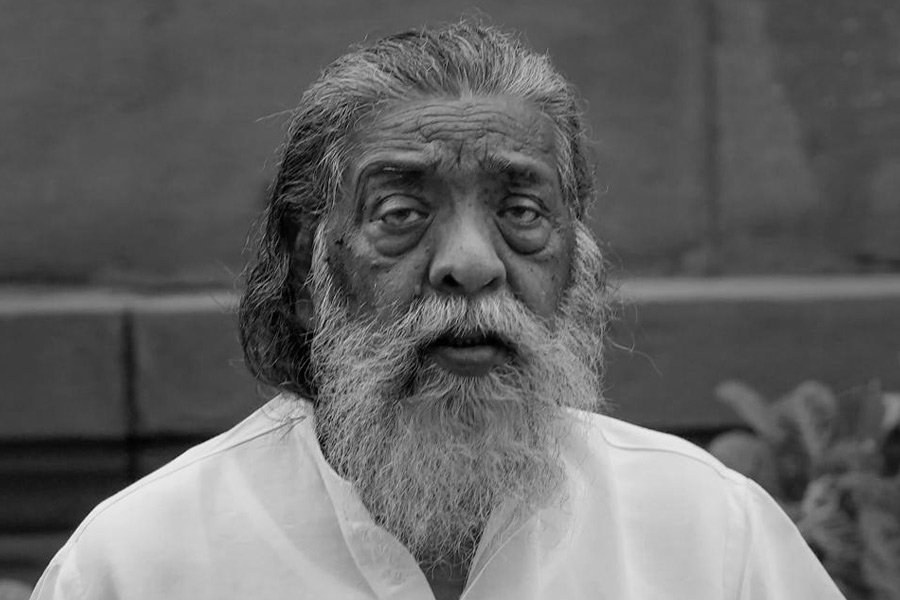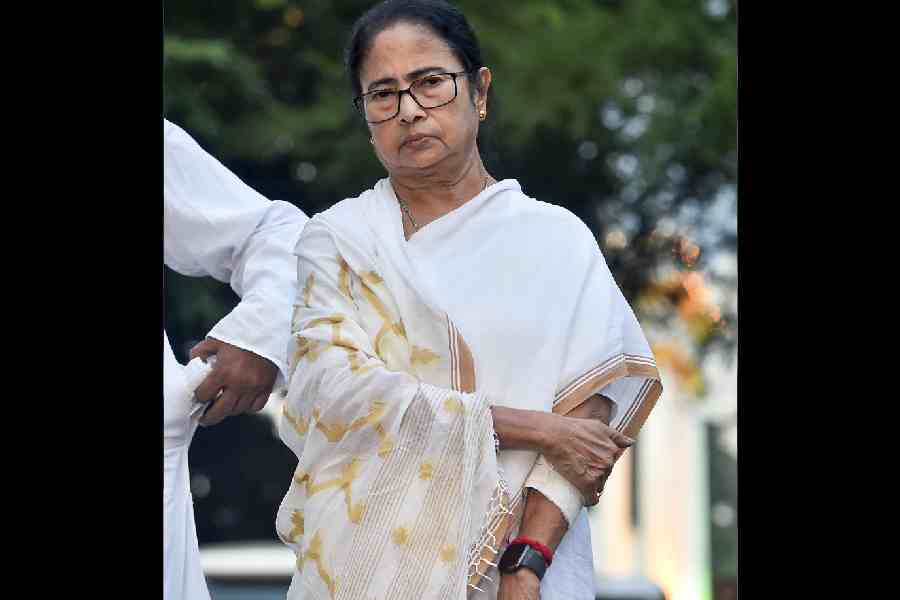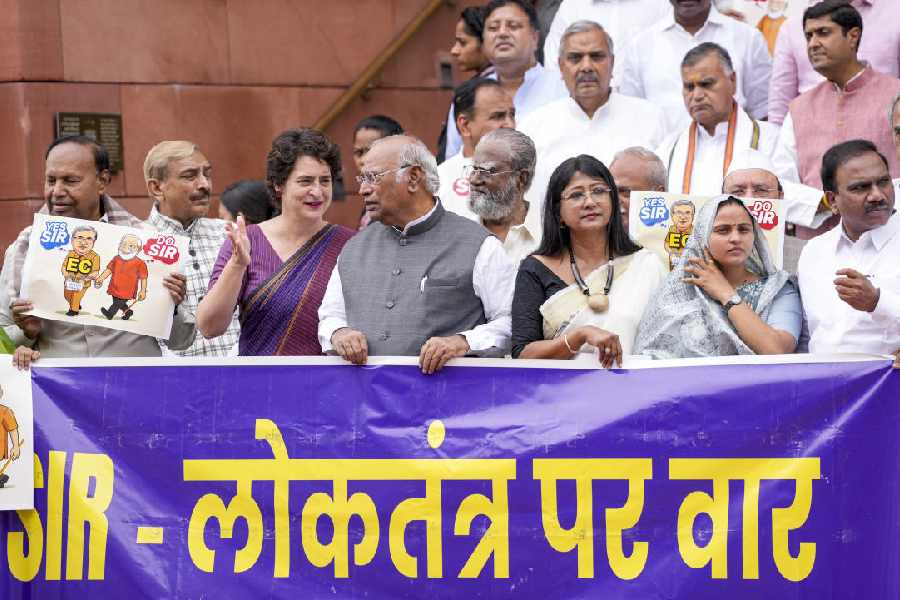|
|
If the alarming rate at which the worst of the West keeps invading this already battered city of ours does not decelerate, and ‘developers’ continue to delete old buildings irrespective of their history, associations and memories, then in less than half a century’s time, Calcutta will turn into a wasteland of concrete and glass boxes — as unrecognizable as many of their ‘Fair and Lovely’ denizens sporting “international” fashions.
Unlike this evolving city, the contents of archives are resistant to change, like the unscarred face of Dorian Gray. Documents, records and visuals are preserved in these with the intention of freezing time. They are fertile grounds for historians to dig into and present a tapestry of times past. The exhibition, The City in the Archive: Calcutta’s Visual Histories — from the archival collections of the Centre for Studies in Social Sciences, Calcutta, at the Seagull Arts and Media Resource Centre (July 8-25) — presents the city in the 19th and 20th centuries through relevant pictures and text from its archive named the Hitesranjan Sanyal Memorial Collection. It was curated by Tapati Guha-Thakurta, along with CSSSC’s exhibition and archive team, and designed by Hiran Mitra and Abhijit Nath. The many faces of a relatively young city, as cities go, present a kaleidoscopic picture of overwhelming and maddening variety. However, the patchwork of images and text presented in this exhibition, well-orchestrated and mounted though it is, is limited by the nature of the material that was available in the archive.
The strong point of the exhibition is the section — a rather large section — on culture, and that includes the visual arts, books, cinema, photography and music. The focus shifts quite often to consumer culture as revealed through contemporary advertisements. These sections are thoroughly enjoyable and include rare nuggets of information and images that discerning viewers will appreciate.
But there are large gaps in the composite picture of the city. Even passing references to the many catastrophes, cataclysms and disasters that have devastated and torn asunder the city from time to time through its 300-plus years of existence are few, if any. Only Dilip Banerjee’s saffron-saturated photograph of Ananda Margis commemorating the horrific death of Margi monks, who were burnt alive on Bijan Setu in 1982, and the other black-and-white shot of a young man being lathicharged remind us of the violence that can erupt any moment, anywhere in an apparently peaceful city.
Surprisingly, not a single drawing by Gobardhan Ash of the living skeletons of the 1942 famine has been included, although there are several whimsical faces on display that the artist from Begumpur had created. Since this could not have been an oversight, one can only draw the conclusion that grim realities and nightmares of urban life had evaded the archive. The background score of adhunik gaan reinforces this impression.
The section on transport ignores bicycles altogether. They may be marginalized by motorized two-wheelers today, but Bengal was once the hub of the cycle industry and the sprawling Sen Raleigh factory in Asansol was in part designed by Charles Correa. And where are pioneering pilots like B.K. Das and D.K. Roy, who had died in air crashes back in the 1930s?
Divided into several sections, the exhibition begins with the culture of books and journals, their production, design and illustrations. Each visual is scanned and displayed to perfection, quite a remarkable achievement in a city not known for its professionalism. There is special mention of illustrators like the versatile Khaled Choudhury and Preo Gopal Das, along with their handiwork. Alongside are collectors like the well-known Radhaprasad Gupta and Parimal Ray of enamel signboards fame. This section is text heavy but it is a bibliophiles’ delight.
The exhibition is heavily dependent on the prodigious collection of photographs of the octogenarian photographer, Ahmed Ali, who had done the visuals for countless campaigns of consumer products. Some viewers will be delighted to find that ditzy females were in demand back then too, as the Dunlop tyre ad featuring a smiling female in a diaphanous sari and a metallic bra reveals. This section on advertisements, like the one on books, is exhaustive and deals with pathbreaking commercial artists like Annada Munshi, O.C. Gangoli, Ranen Ayan Datta, Raghunath Goswami and Satyajit Ray — it should be a treat for a new generation of art lovers. While Ray’s art work for his films is fine, the inclusion of his drawings for Raj Kahini and the striking black-and-yellow jacket of Jim Corbett’s book in translation would have enriched this exhibition that leaves you feeling good and nostalgic.











